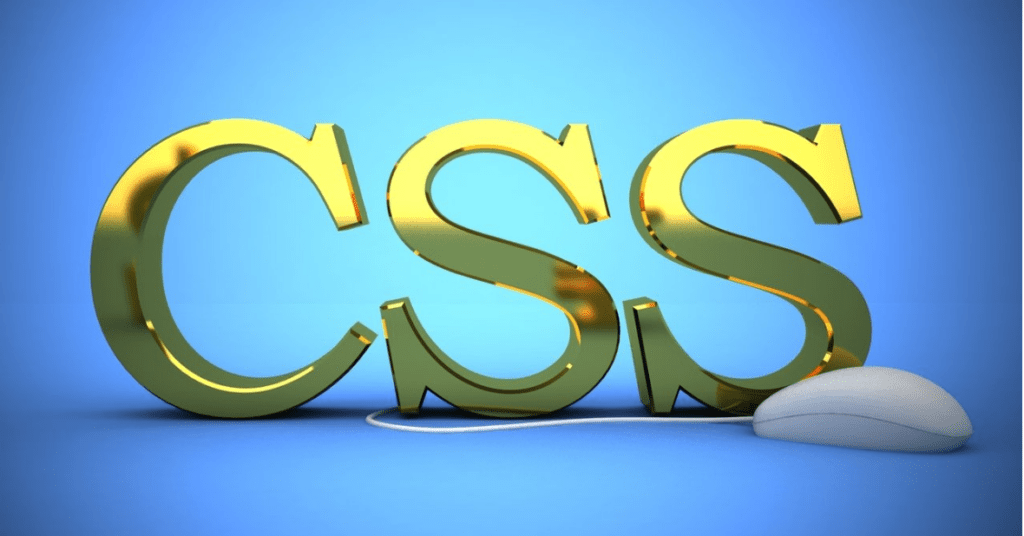Cascading Style Sheets (CSS) holds a crucial role in the life of web developers, granting them the power to shape the visual appeal of their websites. It serves as a remarkable instrument for effortlessly applying styles to HTML elements.
However, there is one thing that needs special attention. That is- “!important”.
In the following article, I will look into the reasons Why You Should Avoid Using !important in CSS. I will also discuss the best and alternative ways to do that.
Why using !important in CSS is bad practice?
When “!important” is applied to a CSS rule, it overrides any other styles defined for that element. This can make the code difficult to maintain and modify.

Also, it becomes challenging to track down and understand which styles are being applied to specific elements, especially when working on larger projects or collaborating with other developers.
Another theory says that CSS follows a specificity hierarchy to determine which styles should take precedence.
The “!important” has the highest specificity, which means it will override any other competing styles, regardless of their specificity. Relying on “!important” to solve specificity conflicts can lead to a lack of clarity and make it harder to manage and predict how styles will be applied.
The only thing that can override an !important tag is another !important tag. By using it one once, you potentially end up with a CSS file that is full of !important tags, which is not ideal.
How to Avoid !important in CSS?
The most viable method to avoid !important in CSS is by improving the specificity.
But, let’s first understand what specificity in !important means?
Here’s a short video to learn about specificity:
CSS specificity is a way to figure out which styles should be used for an element when there are lots of different style rules competing for it. It works by giving each part of the style rule a number.
The higher the number, the more important and likely that style rule will be used to change how the element looks. So, if a style rule is very detailed and specific, it has a higher number and a better chance of being applied to the element.
Let’s say you have the following CSS code:
p {
color: blue;
}
.special {
color: red !important;
}
And in your HTML, you have the following elements:
<p>This is a regular paragraph.</p> <p class=“special”>This is a special paragraph.</p>
In this case, the p elements will normally have blue text color applied to them, according to the first CSS rule. However, the paragraph element with the class “special” will have its text color overridden to red due to the use of !important in the second CSS rule.
Using !important in the .special rule ensures that the text color will be red for that specific paragraph, regardless of any other conflicting styles or selector specificity.
Here is what you should do instead. Instead of applying styles directly to the ‘p’ and .special selectors, you can use a more specific selector .container.
Using the parent element with a class ‘.container’, you can increase the specificity of the selectors, making the styles more likely to be applied. This way, you can avoid the need for !important and create the desired styling.
Why does CSS matter in web designing?
CSS is one of the important aspects of web designing. Here is why it is a game-changer for many:
- Improved design capabilities: With a good understanding of CSS, you can create attractive designs that are unique and eye-catching. You can use CSS to make different layouts, add animations, and customize the look of your websites to match your clients’ brand.
- Higher efficiency: CSS lets you create styles and layouts that can be reused across multiple pages and elements, saving you time and effort in designing websites.
- Higher in demand: CSS skills are in high demand in today’s digital world. Employers are seeking web designers who can create appealing and responsive designs that meet the needs of users. By mastering CSS, you can increase your chances of getting a desired job and stand out from other designers.
Also Read:
- How To Set Up And Use A Child Theme In WordPress?
- Elementor Editor not working
- Elementor Preloader: What Is It and How to Add?
- How To Build Elementor Conditional Logic Form Fields Without Plugin?
- How to add Elementor Columns?
Conclusion
In conclusion, it’s best to avoid using !important in CSS.
When we rely too much on it, our code becomes harder to maintain and update. Instead, let’s focus on using specific selectors and organizing our CSS effectively.
This way, our code remains readable and promotes collaboration with others.
If you are looking to learn more about Elementor, check out our WordPress Elementor tutorial here.






